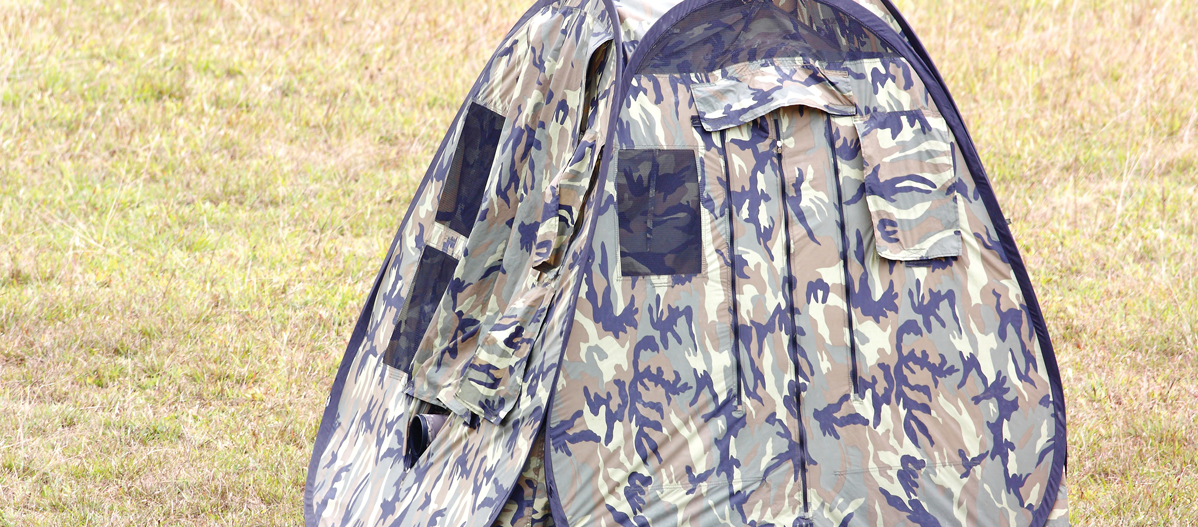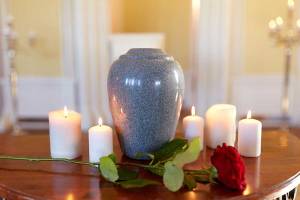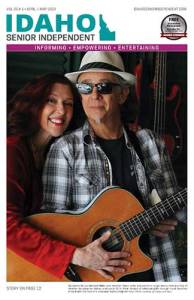Life is certainly different now that COVID-19 has appeared on the scene. For many of us, it means our travel plans have been modified, so we can stay as healthy as possible. But for avid birders or folks who have just been bitten by the birding bug, using a simple bird blind in your back yard will provide you with hours of wonderful birding and probably some awesome photos as well.
Here’s an easy guide to improving your backyard birding habitat and using your own blind.
The first step in attracting birds to your yard is to make a sketch of what you already have in terms of plants, water features, feed sources, and resting areas. Ideally, you want a yard that offers a variety of plants of different sizes, heights, and density.
A diversity of plants will attract a wider array of birds throughout the year. Choosing plants that will stagger your yard’s bloom time will increase the number of birds you see as well. In addition, staggering bloom time allows beneficial insects to pollinate your plants while they provide additional food for birds.
Keep in mind that winter feeding is just as important as warm weather fare, so plan on adding shrubs like holly, elderberry, ninebark, currant, and wild roses, which will entice birds to your yard during those cold months of the year.
Make an effort to use native plants in your yard: it’s what the birds depend on naturally, and they will draw avian visitors and be easier to maintain as well. Attracting pollinators like moths, butterflies, and bees, as well as birds, enriches the environment, so keep your focus on native plants for an easy way to help all pollinators.
Some native plants that a variety of birds like are sunflowers, asters, daisies, and blanket flowers for summer feeding. If you want to attract humming birds, then plant species like columbine, Indian paintbrush, and scarlet gilia, all of which sport bright orange or red tubular flowers that allow hummingbirds to slurp up nectar.
Some birds like grubs, and you can get meal worms at pet stores to add to the array of feed you are supplying. Placing these worms on a platform is especially attractive to bluebirds, who will hover above the worms then swoop in and grab one. Some birds are attracted to fruit, and each winter a flock of cedar waxwings descends on the elderberry bush, a native plant in our yard, plucking the dark purple fruit in a feeding frenzy.
When it comes to feeders using seeds, there are a number of styles to choose from, depending on the birds that frequent your yard as different species prefer different feeders. Many people like the convenience of automatic feeders, which either provide food continuously or at specific times of day.
These feeders are usually pretty weather proof, but if the seed does get wet, harmful bacteria and fungus can ruin the seeds. Be sure to check the feeder regularly. Black sunflower seeds are an excellent food source for many birds as their oil provides energy that’s easy to digest.
Woodpeckers, jays, and flickers will gobble up peanuts while, cowbirds and juncos like white millet. Gold finches and chickadees enjoy thistle seed. Tray feeders attract a wide variety of birds that eat seeds.
Ideally, the tray will have a screen bottom so that water can drain off. However, these feeders are an open invitation to squirrels, so keep an eye out for these guys. A squirrel baffle may need to be added below the tray to ensure the birds actually get the food.
Tube feeders with several portals and perches are popular and attract a wide variety of birds. If you keep the portals small, larger birds will look for food elsewhere. Hanging sugar water feeders are popular for attracting hummingbirds, but make sure you clean these feeders once a week, to avoid bacterial growth.
Offering suet during the winter months provide a great source of food for your year-round birds. Wrens, nuthatches, chickadees, and woodpeckers in particular love suet.
To provide food in winter, don’t dead-head your flowers in the fall: instead, leave the flowers to naturally fall apart and provide seed for birds.
If you find your yard could use additional birding upgrades, don’t hesitate to add non-plant items, like lichen-covered branches attached to posts, for additional landing places or a pile of brush for birds like quail to hide in.
We have an old fir stump in our yard that regularly attracts a variety of woodpeckers looking for insects, but a simple downed log would attract these birds as well. Birds like to scope out an area to be sure it’s safe, so an extra landing place or two will entice more birds to your yard. A permanent or seasonal water feature with either still or flowing water is a real draw.
Birds are attracted to the sound of moving water, so try hanging a camouflaged gallon water jug upside down with a tiny hole poked into the lid to provide that drip, drip, drip into a large water-filled saucer: you’ll be surprised how many birds will flock to your yard.
Put water sources at different heights, to attract different birds and keep ground water away from shrubs, so birds can be aware of predators—like neighborhood cats—while they are drinking. Remember to keep water sources clean, so they don’t harbor diseases or provide breeding sites for mosquitoes, which carry West Nile Virus.
Once you’ve established areas for resting, feeding, and watering in your yard, pick a spot for your blind that allows you to see these important areas.
Commercial blinds from large retailers are relatively inexpensive and easy to put up. These blinds are nice, because you can move them around your property and pack them up for on-the-road birding.
However, you can watch birds from something as simple as a bush that you’ve clipped to provide see-through viewing, or by attaching camo fabric to posts driven into the ground to form a simple box with “windows” for observation.
If you have a big yard and want something permanent, you can dig down into the dirt and build a simple wooden in-ground box-blind. Other birders prefer above-ground blinds like the ones often found at wildlife refuges.
Your blind doesn’t have to be fancy: it just has to give you enough cover, so birds won’t be frightened by your presence.
Finally, if you’re new to birding, do some research, and buy a pair of binoculars to provide close-up looks at your backyard birds.
Finally, don’t forget a good reference book, like a Sibley’s Bird Guides, to help you identify all the new birds that will come flocking to your updated, naturally landscaped birding backyard! ISI












